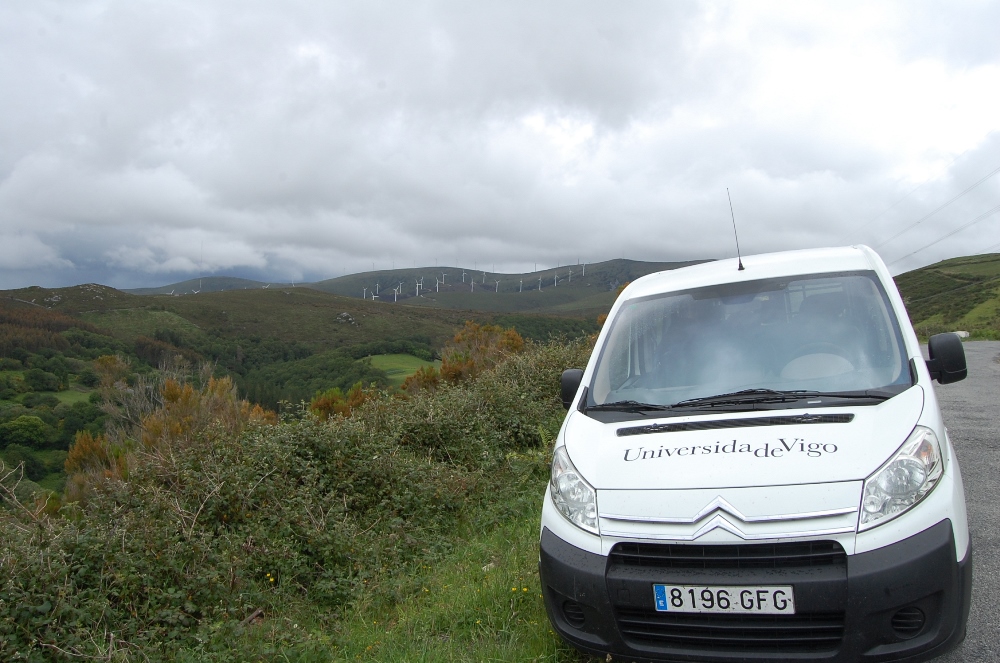
-
Facultade de Económicas
Universidade de Vigo
-
observatorio.eolico@uvigo.gal
-
Wind energy procedural and recognition justice in Galicia
- Home
- Wind Energy in Galicia
- Wind energy procedural and recognition justice in Galicia

- by OEGA
- 0 Comments
The Galician Wind Observatory believes it is necessary to advance the levels of procedural and recognition justice in Galicia’s wind energy development processes. To this end, it is imperative to apply regulatory changes to grant local agents greater participation in the planning and decision processes as well as to favor the recognition of all agents affected by wind processes.
What does wind energy procedural justice consist in?
In the case of wind power, procedural justice is associated to the levels of participation of the local community in energy planning, both in terms of defining the most suitable places to establish wind farms and the ways in which communities may participate throughout the process. Gross (2007) indicates that the main principles of procedural justice are: full participation in the process; the capacity to freely express opinions, be heard (have a voice), be treated with respect, receive adequate information; and the impartiality of the decision-maker.

What is the likelihood of participating in Galician wind processes?
The regulatory framework for wind energy in Galicia limits the participation of local communities almost exclusively to public information processes. The request for authorization, the execution project, the sector project of supra-municipal impact, the request for declaration of public utility and the environmental impact assessment are exposed to the public for a period of 30 days, within which allegations may be submitted. However, the legislative modifications of the year 2017 for wind farm projects declared as Projects of Special Interest reduces the period to only 15 days.
What does recognition of wind energy justice consist in?
Recognition justice in the case of wind power refers to the fair representation and existence of complete political rights in processes linked to energy implantation. Lack of recognition can be classified into several main categories: cultural domination, lack of recognition and lack of respect. Jenkins (2016) affirms that, in the case of wind power, promoters occasionally undercut local campaigns with relevant arguments against wind farms to “Not In My Back Yard” (NIMBY) protests.
Are there socio-environmental conflicts against Galician wind farms?
Ever since 2010, different socioeconomic conflicts have been linked to wind farms in Galicia. The most relevant is probably Serra do Galiñeiro (https://serragalinheiro.wordpress.com/), in which thousands of people and neighboring affected land owners mobilized on the hill to reject the projects. Other relevant examples may be Morrazo (https://defendeomorrazo.wordpress.com) or Serra d’A Groba (Val Miñor, Pontevedra; http://sosgroba.blogspot.com). Recently, new wind conflicts have arisen in Ordes or Coristanco area in the province of A Coruña and Serra do Oribio in the province of Lugo.
References:
Gross, C.(2007). Community perspectives of wind energy in Australia: The application of a justice and community fairness framework to increase social acceptance Energy Policy35 2727–2736 https://doi.org/10.1016/j.enpol.2006.12.013
Jenkins, K. (2016). ‘Sustainable Development and Energy Justice: Two Agendas Combined’, in Delivering Energy Law and Policy in the EU and US: A Reader, Heffron R.J., and Little G. (Eds). Edinburgh University Press: UK: 381-384.